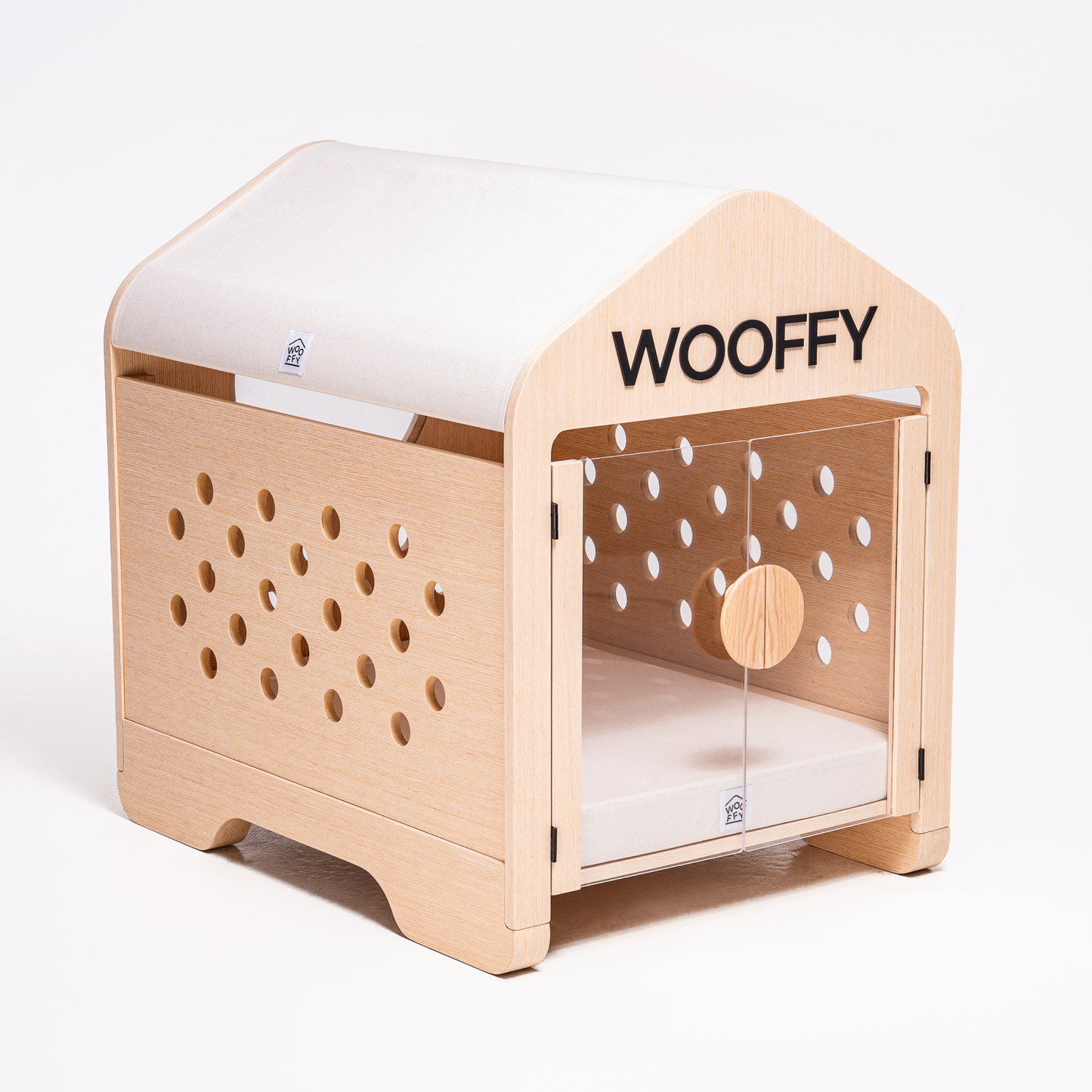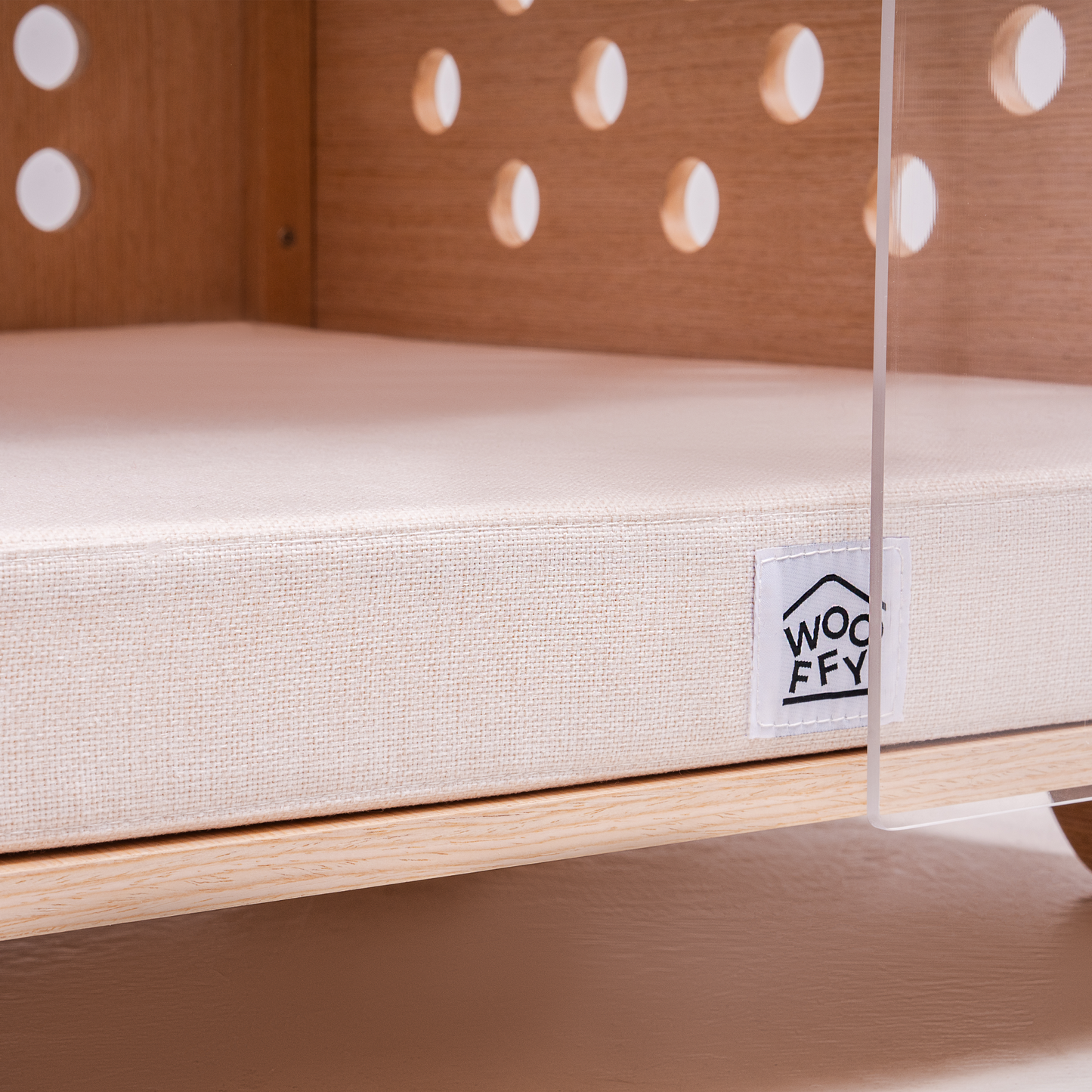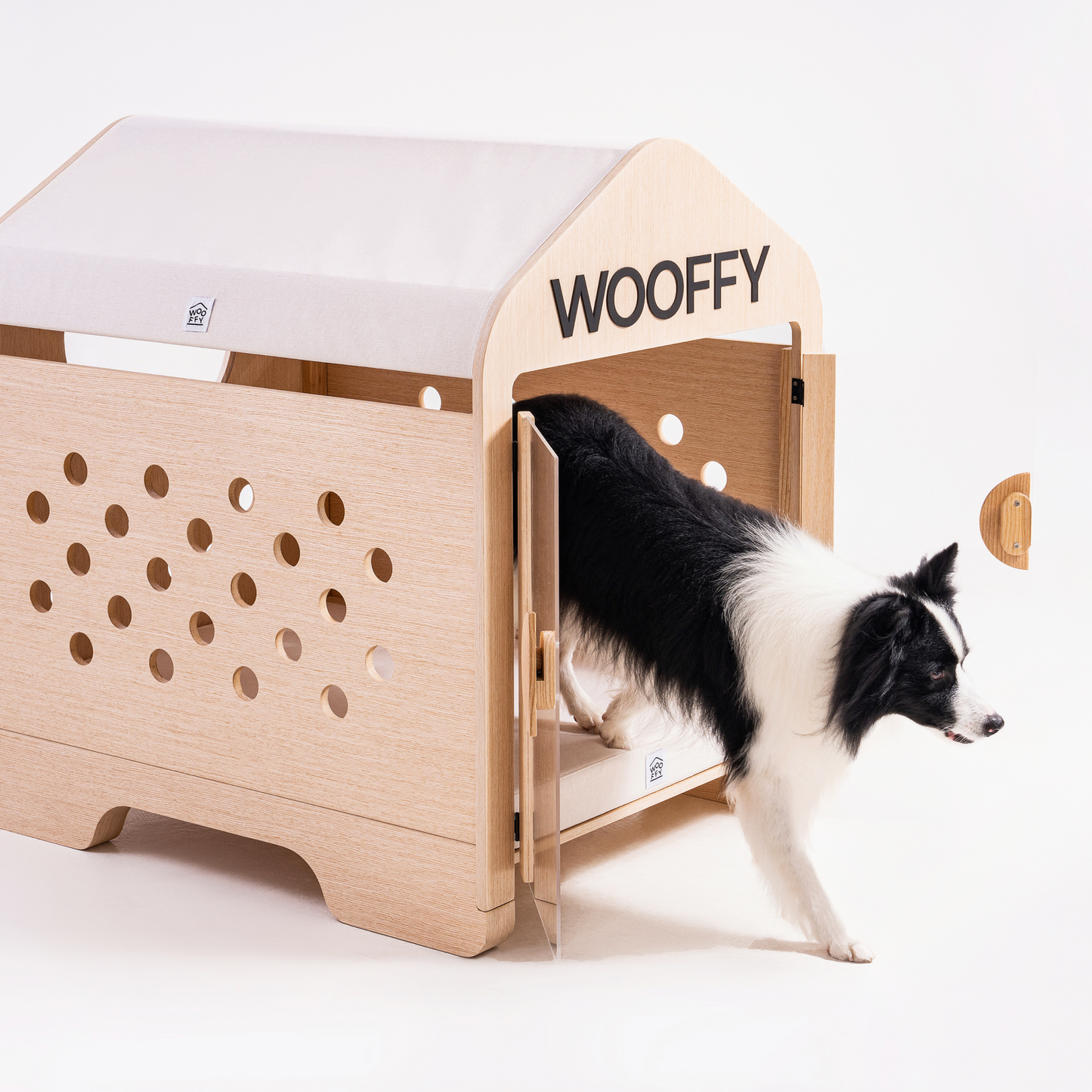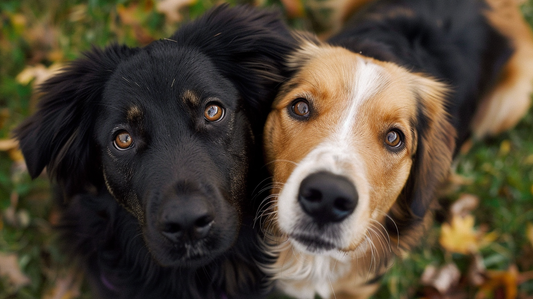
Understanding the Psychology of Crate Training Your Dog
Share
Introduction
Crate training is a common practice among dog owners, often used for house training puppies or as a safe space for adult dogs. However, it can be a controversial topic, as some believe it is cruel to confine a dog to a small space. To crate train your dog successfully and humanely, it is essential to understand the psychology behind it.
1.The Den Instinct

2.Positive Association

3.Separation Anxiety

4.Training and Behavior

Conclusion
Understanding the psychology behind crate training can help you to crate train your dog successfully and humanely. Remember to create positive associations with the crate, consider your dog's natural instincts, and use the crate as a tool for managing behavior and anxiety. With patience and understanding, the crate can become a safe and comfortable space for your dog.
Note: It is essential to choose the right size crate for your dog and to provide them with plenty of exercise and socialization outside of the crate. A crate should never be used as a substitute for proper training and socialization.
Upgrading Your Dog's Space
Once your dog is comfortable with the crate and has been successfully crate trained, you may want to consider upgrading to a more permanent and comfortable space for your dog. The Wooffy Modern Dog House is a perfect choice. It is a stunning piece that adds a touch of elegance to any home decor whilst offering a warm, den-like atmosphere with optimal ventilation and light. Inside is a water-resistant and breathable bed, guaranteeing your dog a pleasant retreat. Check it out here.
Read More
- Crate Training 101: Everything You Need to Know
- How to Manage Separation Anxiety with Crate Training
- The Benefits of Crate Training for Dogs and Their Owners


























